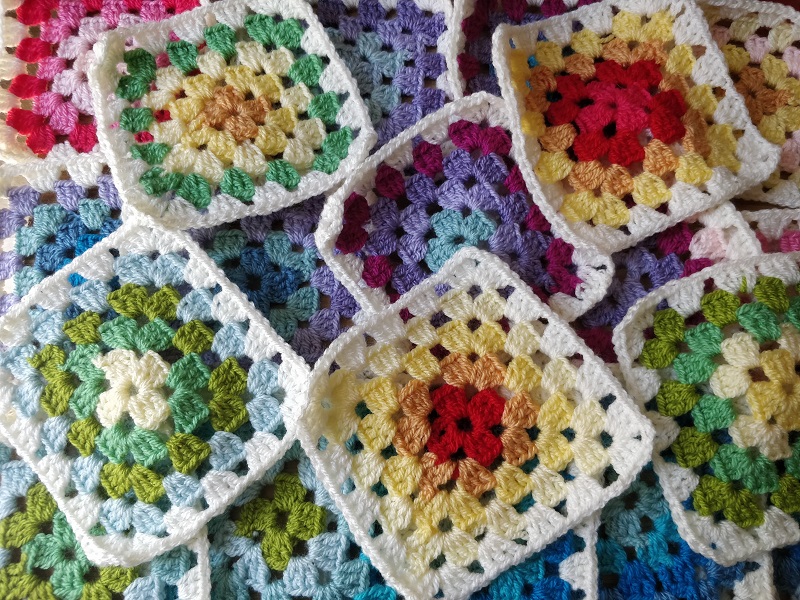Mindful Gardening: Companion Planting, and How to Do It

Gardening is one of the most mindful activities there is, pairing the serenity of a calm and engaging task with the beauty and quietude of your outdoors. More of us are experimenting with gardening than ever before, but some of us are missing a trick or two in the process. One such trick is companion planting, a discipline which can have phenomenal results for the health of your garden.
What is Companion Planting?
First off, let’s answer the biggest question you’ll likely have: what, exactly, is companion planting? Companion planting describes a specific discipline within gardening, whereby you plant two different varieties of plants close together so that they benefit from one another – or benefit your garden as a whole.
There are multiple different ways in which companion planting can aid your garden, but it’s important to understand that companion planting isn’t a purely aesthetic art. You may enjoy the results of companion planting, but the purpose isn’t looks-first. Indeed, the most common reasons for companion planting are a little more involved than that…
Combinations to Deter Pests
One possibility for companion planting relates to the deterrence of pests. Your garden should be a welcome home for wildlife, and there is a great deal of good to be found in creating friendly environments for a wide range of different creatures and critters – but there are some creatures that are much less friendly to plants than others, whether aphids or slugs.
By combining certain plants in your garden, you can deter pests from attacking your favourite plants altogether. Mint and brassicas work well together for this, while marigolds can work a treat in protecting your tomatoes. Also, consider planting your roses next to thyme bushes for a decent deterrent effect.
Combinations to Encourage Pollination
On the opposite end of the spectrum, you might start companion planting in hopes of welcoming new life into your garden – namely, through pollination. While certain plant cycles are confined to the spring, pollination is a year-round consideration. As such, you need to plant your flower bulbs mindfully with the full year in mind.
Planting garden herbs together can be a great and simple way to achieve bountiful pollination, with basil, rosemary, and oregano all pollinator-friendly. Pollination doesn’t happen in a vacuum, being the result of interventions from animals and creatures as well as seasons and weather; as such, the ‘louder’ a plant is, the better!
Combinations to Increase Growth
Finally, there are plant companions that can serve to hold one another up in a multicultural garden bed, symbiotically making the most of that which they’re given. With shrewd thinking, you can pair plants so that both grow stronger than they would otherwise, such as with clover and wild grasses – the former pulling nitrogen into the soil so the latter can grow taller.





